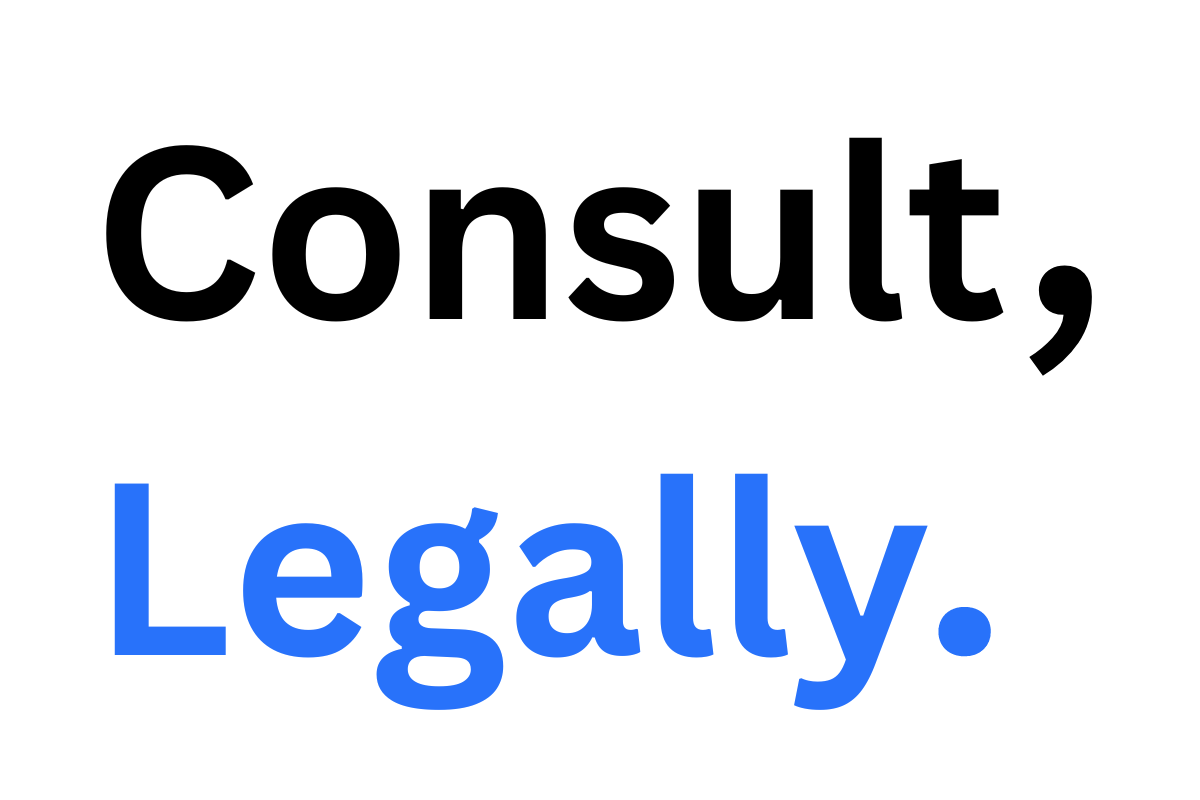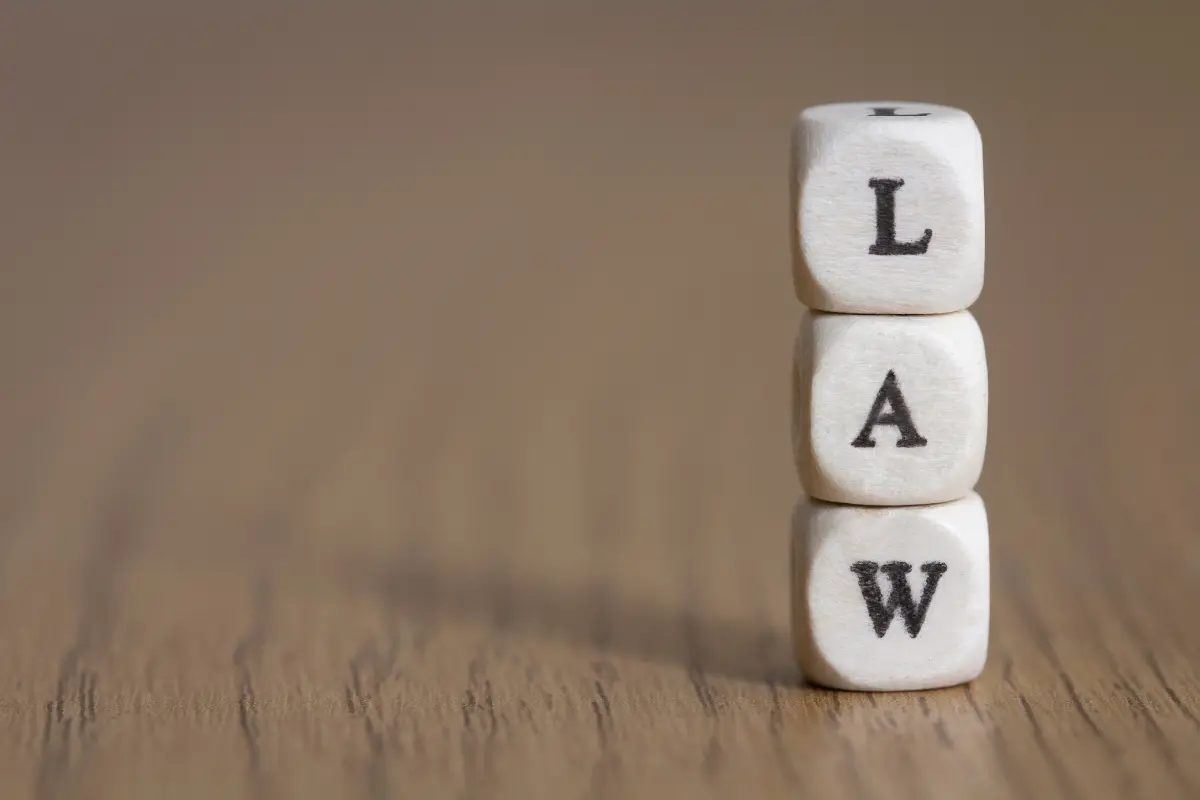When you own a piece of land, you have certain rights that come with it. These rights protect your property from actions taken by others that could harm or damage it. Two such rights that you might not hear about often, but are incredibly important, are lateral support and subjacent support. These are what we call “incidental property rights,” meaning they’re not necessarily rights you directly think about when you buy land, but they are critical to your property’s safety and stability.
In simple terms, these rights ensure that your land is supported, both from the sides (laterally) and from underneath (subjacent), by neighboring land or underground structures. If your neighbor’s actions, such as digging or mining, cause your land to sink, slide, or otherwise collapse, you have legal rights to protect your property.
But how exactly do lateral and subjacent support work, and why should you care? Let’s break them down in a way that’s easy to understand, and discuss how these incidental property rights protect your land and what you can do if they’re violated.
What is Lateral Support?
Lateral support refers to the right you have as a landowner to have your land naturally supported by the land next to it. This means that your neighbor cannot dig or perform any action near the boundary line that would cause your land to collapse, slide, or shift in any way. For example, if your neighbor excavates soil close to your property boundary and causes a landslide or erosion that damages your land, this would be a violation of your right to lateral support.
This is an essential right because it protects the physical integrity of your land. Think about it: if your neighbor’s digging results in a portion of your yard collapsing, or if it causes damage to a structure like a house, it could be costly to fix. The law protects you by holding your neighbor accountable if their actions interfere with the natural stability of your property.
What is Subjacent Support?
Subjacent support is similar, but it refers to the support from underneath your land. This right ensures that nothing below your land (like mining, digging, or extraction of underground resources) should cause the ground above it to sink, collapse, or become unstable. Imagine a scenario where a mining company starts digging beneath your property, extracting minerals or water from underground aquifers. If their actions cause your land to sink, crack, or otherwise suffer from damage, they could be held responsible.
Subjacent support is particularly important in areas where there’s a lot of mining or underground construction. If a neighbor or third party owns the rights to minerals or other resources under your property, they are still responsible for ensuring that their activities don’t negatively affect your land’s surface. This right ensures that you’re protected from the physical harm caused by subterranean activities, which could otherwise leave your property unfit for use or dangerous.
How Lateral and Subjacent Support Work Together
Lateral and subjacent support go hand-in-hand in protecting your land from different directions. Lateral support ensures that your land is stable from the sides, while subjacent support ensures that the ground beneath your property remains stable.
Let’s consider an example to make this clearer. Suppose you live in a neighborhood with steep hills. Your property is located at the bottom of the hill, and there are houses on the hilltop. If the landowner at the top starts digging or excavating near the property line and the hillside begins to slide, your land could collapse as a result of that excavation. This would be a violation of your lateral support rights.
Now, imagine there’s a mining operation beneath your land, extracting minerals from an underground deposit. Over time, the extraction causes the ground above to sink and crack. This would be a violation of your subjacent support rights.
In both cases, the law gives you the right to be compensated for the damage done to your land. These rights exist to protect the physical integrity of your property and prevent neighbors or third parties from causing harm that could be costly to repair.
Why Do These Rights Matter?
You might wonder why these incidental property rights are so important. After all, you might think that your land should simply be your responsibility, and any damage caused by external factors is something you have to deal with. However, lateral and subjacent support rights are critical for several reasons:
Protection of Property Value
Your property is an investment. If a neighbor’s actions cause the land to collapse or become unstable, it can reduce your property’s value. Having these rights ensures that you won’t lose the value of your land because of someone else’s actions.
Avoiding Financial Loss
If your land or property is damaged due to a lack of lateral or subjacent support, you could face expensive repairs. Whether it’s fixing a collapsed foundation, rebuilding a retaining wall, or stabilizing a hillside, the cost of these repairs can be significant. These rights allow you to seek compensation for the damage done.
Ensuring Safety
Unstable land can be dangerous. If your neighbor’s actions cause the land to slide or sink, it could result in injury or even death. Lateral and subjacent support rights help ensure that you and your family remain safe from the risks posed by unstable land.
Protecting Your Livelihood
If you run a business on your property, a collapse or subsidence could disrupt your operations. For example, if you have a store or office building and the foundation begins to crack due to nearby excavation, it could interfere with your business activities. By having the right to lateral and subjacent support, you can take action to prevent this kind of disruption.
What to Do if Your Lateral or Subjacent Support Rights Are Violated
If you find that your neighbor’s actions (either lateral or subjacent) are causing damage to your property, it’s essential to know what steps you can take to protect your rights and seek compensation. Here’s a step-by-step guide on what you can do:
- Talk to Your Neighbor: Sometimes, a simple conversation is enough to resolve the issue. Your neighbor might not be aware that their actions are causing harm to your property. Before taking any legal action, try to communicate your concerns and see if you can come to an understanding.
- Consult a Professional: If you believe that the excavation or mining activities are impacting your land, consult a professional, such as a geologist, engineer, or surveyor. They can assess the situation and help you understand the extent of the damage.
- Document the Damage: Take photographs, videos, and notes about any visible damage to your property. Record dates and keep a log of any incidents related to the damage. This will be valuable if you need to take legal action later.
- Consult a Lawyer: If the issue persists and your neighbor refuses to address the damage, it’s time to consult a property lawyer. A lawyer can help you understand your legal options and guide you through the process of seeking compensation. They can also help you file a claim and take legal action if necessary.
- File a Lawsuit: If negotiations and other efforts fail, you may need to take the matter to court. Your lawyer can help you file a lawsuit for compensation. You’ll need to show that your neighbor’s actions caused the damage and that you have the right to recover damages under lateral and subjacent support laws.
Conclusion
Lateral and subjacent support rights are essential to protecting your land from the harmful effects of excavation and underground activities. These incidental property rights ensure that your land remains stable and secure, both from the sides and from below. If a neighbor’s actions cause your land to collapse or become unstable, these rights give you the ability to seek compensation for the damage.

